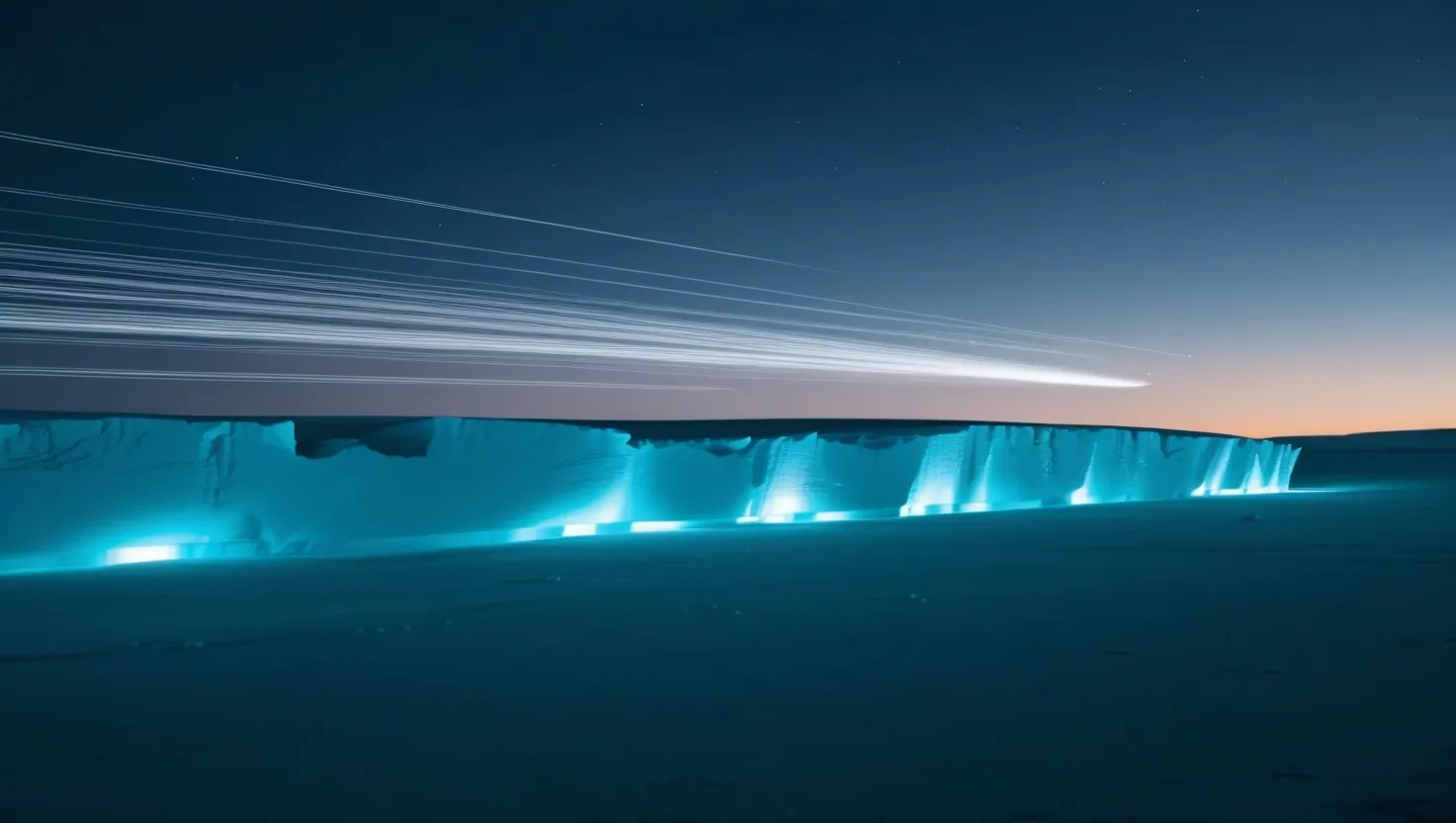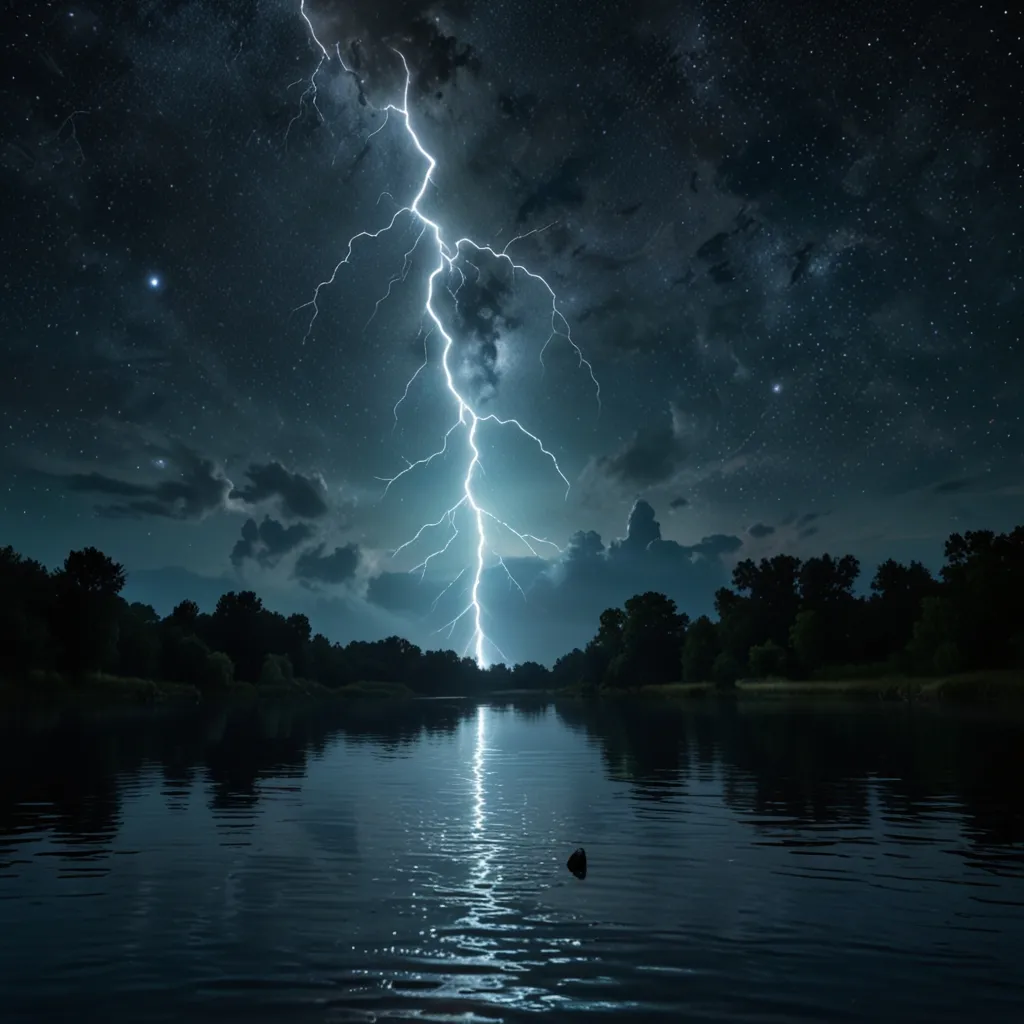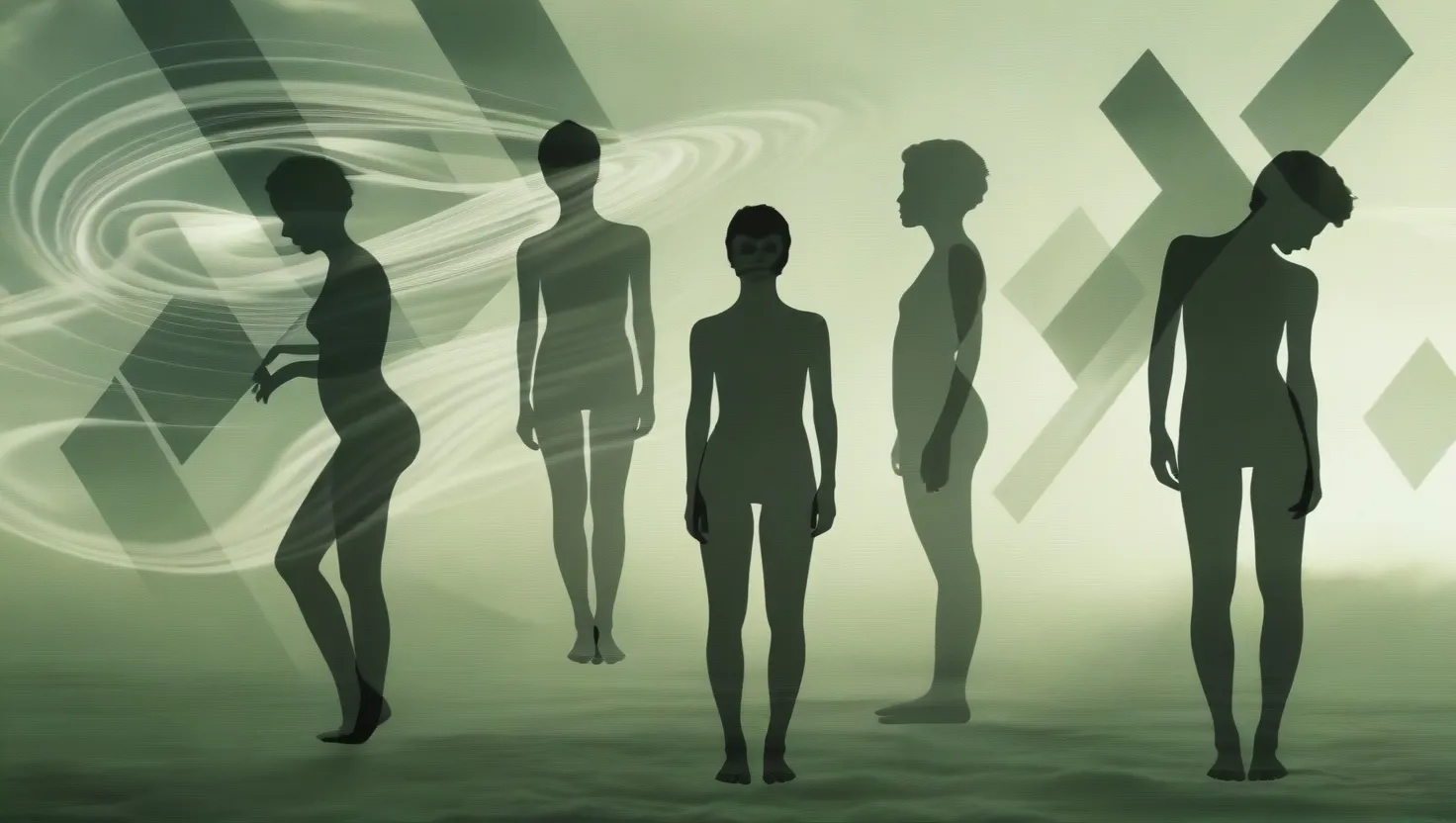In the vast, icy expanse of Antarctica, where the horizon blends seamlessly with the snow-covered landscape, something extraordinary is happening. The IceCube Neutrino Observatory, a marvel of modern science, has stumbled upon a phenomenon that’s sending ripples through the scientific community. Since 2016, this cubic-kilometer detector buried deep in the Antarctic ice has been picking up signals that defy our current understanding of physics.
Imagine, if you will, a cosmic dance of particles, invisible to the naked eye but detectable by the most sensitive instruments ever created. These particles, neither fully dark matter nor entirely normal matter, are putting on a show that’s leaving scientists both baffled and excited.
What makes these events so captivating? It’s their uncanny ability to synchronize across multiple sensors, creating patterns that shouldn’t exist according to our current models of particle physics. These aren’t random blips on a screen; they’re precise geometric formations that maintain their integrity regardless of what’s happening in the environment around them.
“The universe is not only stranger than we imagine, it is stranger than we can imagine,” said J.B.S. Haldane, and these Antarctic anomalies seem to be proving him right.
Over 300 of these mysterious events have been recorded, each one a carbon copy of the last in terms of energy signatures and spatial distributions. It’s as if the universe is trying to tell us something, repeating the same message over and over again, hoping we’ll finally understand.
But here’s where it gets even more intriguing: these signals appear to be tied to specific astronomical alignments. Yet, when scientists look to the cosmos for answers, they come up empty-handed. No known cosmic source can explain what we’re seeing.
Have you ever wondered what it would be like to witness the birth of a new scientific theory? To be present at the moment when everything we thought we knew about the universe is turned on its head?
The Standard Model of particle physics, our current best understanding of how the universe works at its most fundamental level, is struggling to account for these observations. It’s as if we’ve been playing a game of chess, only to discover that some of the pieces can move in ways we never imagined possible.
These events are displaying properties of quantum entanglement, a phenomenon usually confined to the microscopic world, yet they’re occurring on a macroscopic scale. It’s like finding a whale that can perform quantum leaps – it simply shouldn’t be possible according to our current understanding.
“I think I can safely say that nobody understands quantum mechanics,” Richard Feynman once quipped. And now, it seems, we might need to extend that statement to include these new Antarctic phenomena.
As physicists work tirelessly to unravel this mystery, several possibilities have emerged. Could this be a new form of matter, something that exists in the liminal space between the known and the unknown? Or perhaps we’re witnessing an unknown quantum effect, a glimpse into the bizarre world of subatomic particles that we’ve never been able to observe before.
There’s also the tantalizing possibility that these observations are evidence of particle physics principles that lie beyond the Standard Model. Could this be the key to bridging the gap between quantum mechanics and general relativity, the holy grail of modern physics?
“The most beautiful thing we can experience is the mysterious. It is the source of all true art and science,” Albert Einstein once said. And in the frozen wastes of Antarctica, we’re experiencing mystery on a grand scale.
As we delve deeper into this enigma, more questions arise. How do these particles interact with the ice? Why Antarctica? Is there something unique about this location that allows for these observations, or could similar phenomena be occurring undetected elsewhere on Earth?
The implications of these findings stretch far beyond the realm of particle physics. If we’re indeed observing a new form of matter or a previously unknown quantum effect, it could revolutionize our understanding of the universe. From the birth of stars to the nature of dark matter, from the behavior of black holes to the possibility of parallel universes, everything could be up for reexamination.
But let’s take a step back for a moment. What does this mean for the average person? Why should anyone outside the scientific community care about strange particle interactions in Antarctica?
The answer lies in the nature of scientific discovery itself. Every major breakthrough in physics has led to technological advancements that have transformed our daily lives. From the discovery of electricity to the development of quantum mechanics that made modern computing possible, fundamental physics has always paved the way for practical applications.
What technologies might arise from a better understanding of these Antarctic anomalies? Could we harness this new form of matter for energy production? Might it lead to advancements in quantum computing or communication? The possibilities are as endless as they are exciting.
Moreover, these findings remind us of the importance of basic scientific research. In an age where funding often prioritizes immediate practical applications, the IceCube Neutrino Observatory stands as a testament to the value of pure scientific curiosity. Who could have predicted that a detector built to study cosmic neutrinos would stumble upon something that could potentially rewrite the laws of physics?
As we continue to probe the mysteries of the universe, we’re reminded of our own place within it. These particles, dancing their quantum waltz in the Antarctic ice, connect us to the cosmos in ways we’re only beginning to understand. They’re a reminder that the universe is far more complex and beautiful than we can imagine, and that there’s still so much left to discover.
“The important thing is not to stop questioning. Curiosity has its own reason for existing,” Einstein once said. And as we face this Antarctic mystery, our curiosity is more important than ever.
So, what’s next? As scientists continue to analyze the data and propose new theories, the world watches with bated breath. Will these findings lead to a new understanding of the fundamental nature of reality? Or will they remain a fascinating anomaly, a reminder of how much we still have to learn?
One thing is certain: the Mystery of Shadow Matter, this quantum paradox playing out in the frozen heart of Antarctica, has captured the imagination of scientists and laypeople alike. It’s a story of human ingenuity, of our relentless pursuit of knowledge, and of the endless wonders of the universe we call home.
As we stand on the brink of potentially groundbreaking discoveries, we’re reminded of the words of Carl Sagan: “Somewhere, something incredible is waiting to be known.” And in the icy depths of Antarctica, we may have just found it.
What do you think these mysterious particles could be? How might understanding them change our view of the universe? As we continue to explore this fascinating phenomenon, we’re not just pushing the boundaries of science – we’re expanding the limits of human knowledge itself. And in doing so, we’re writing the next chapter in the grand story of cosmic exploration.






